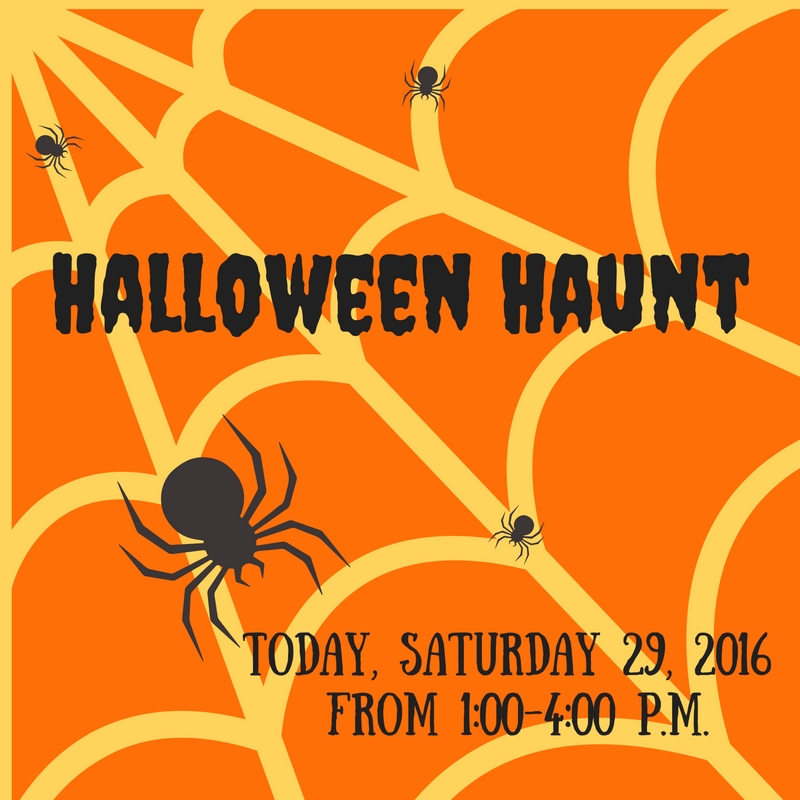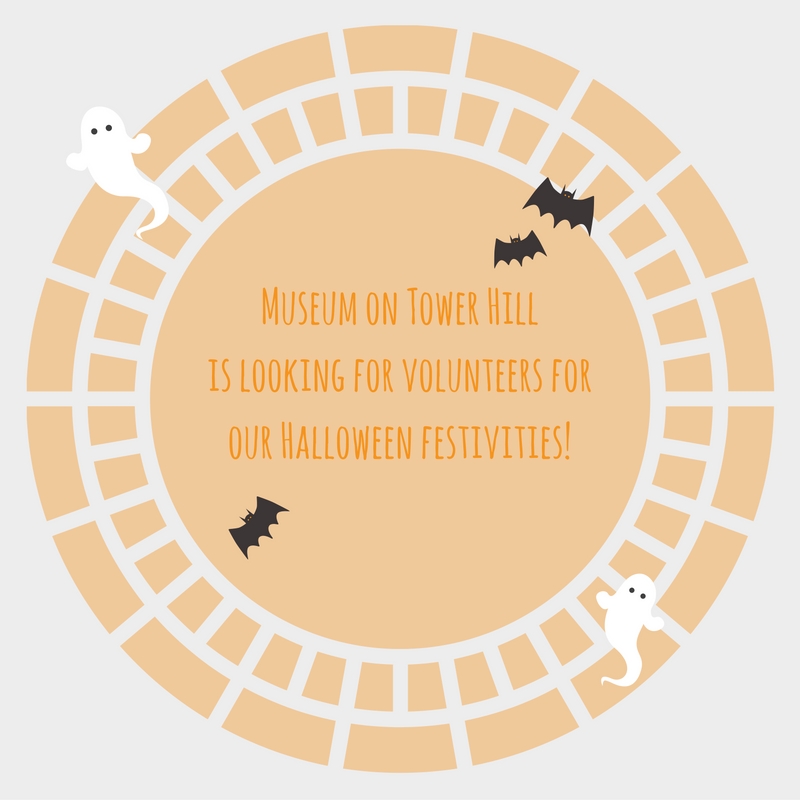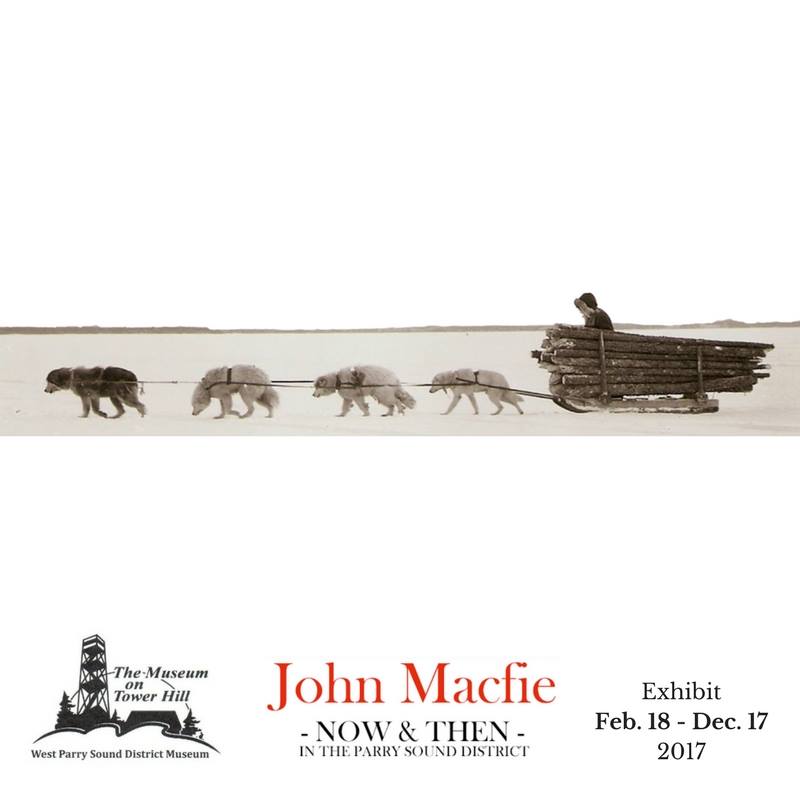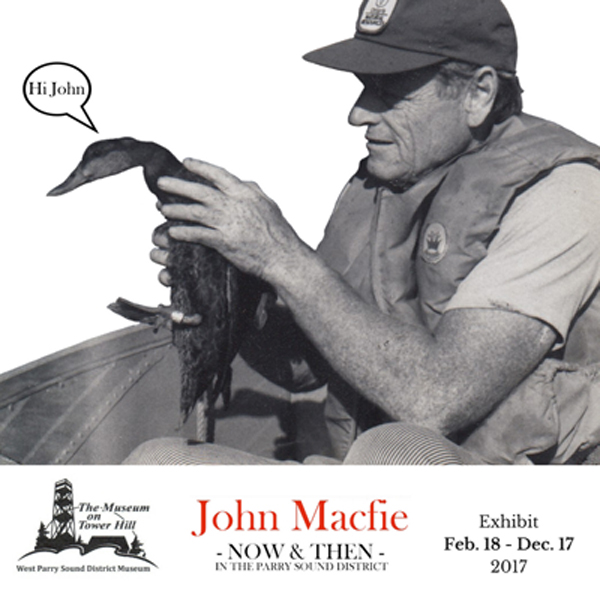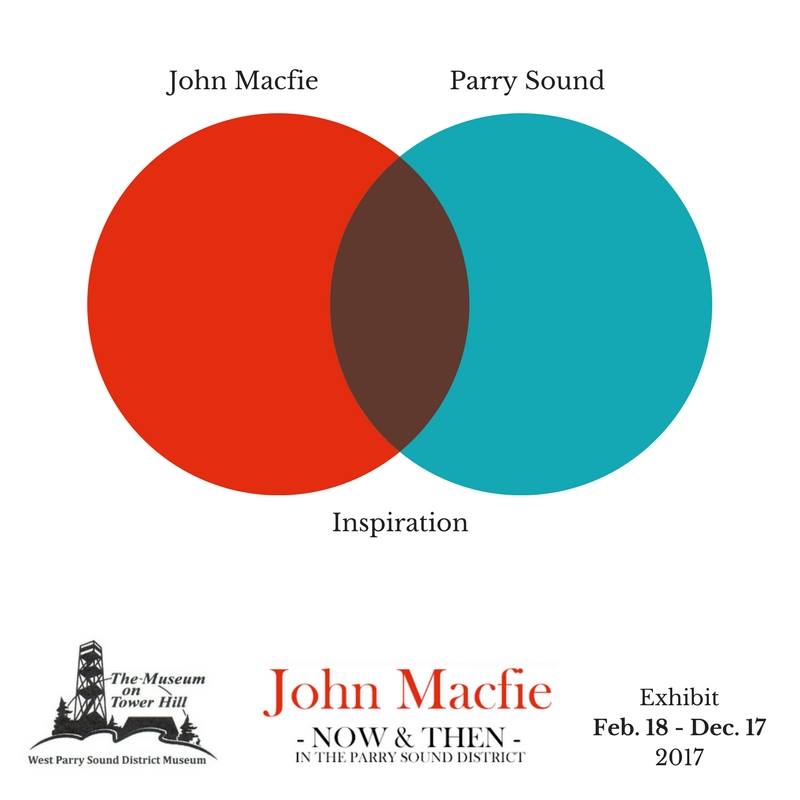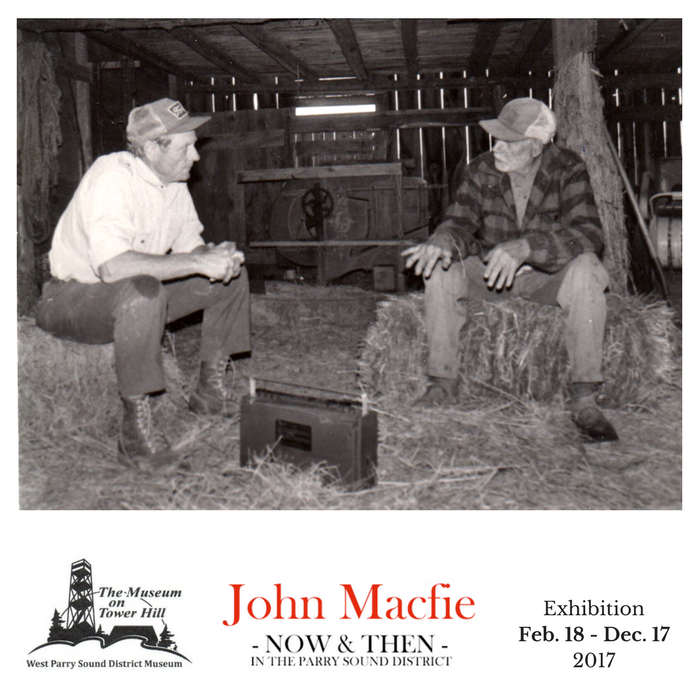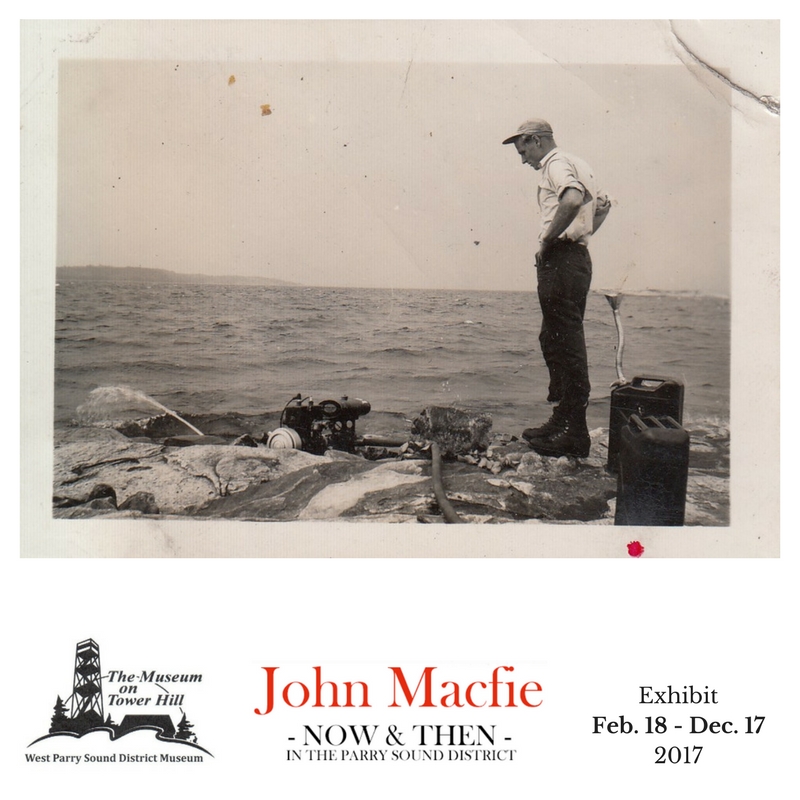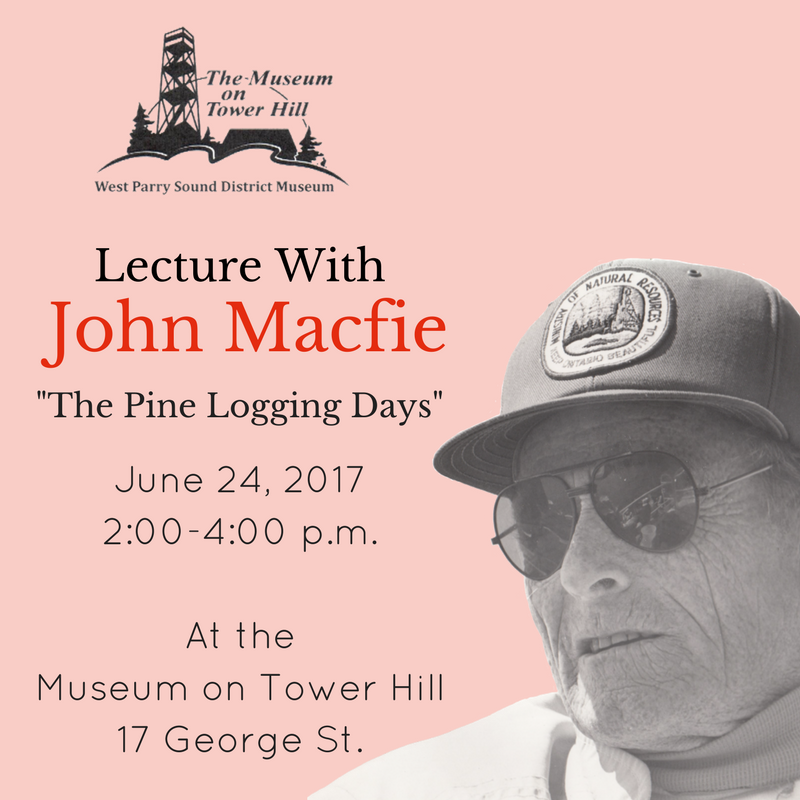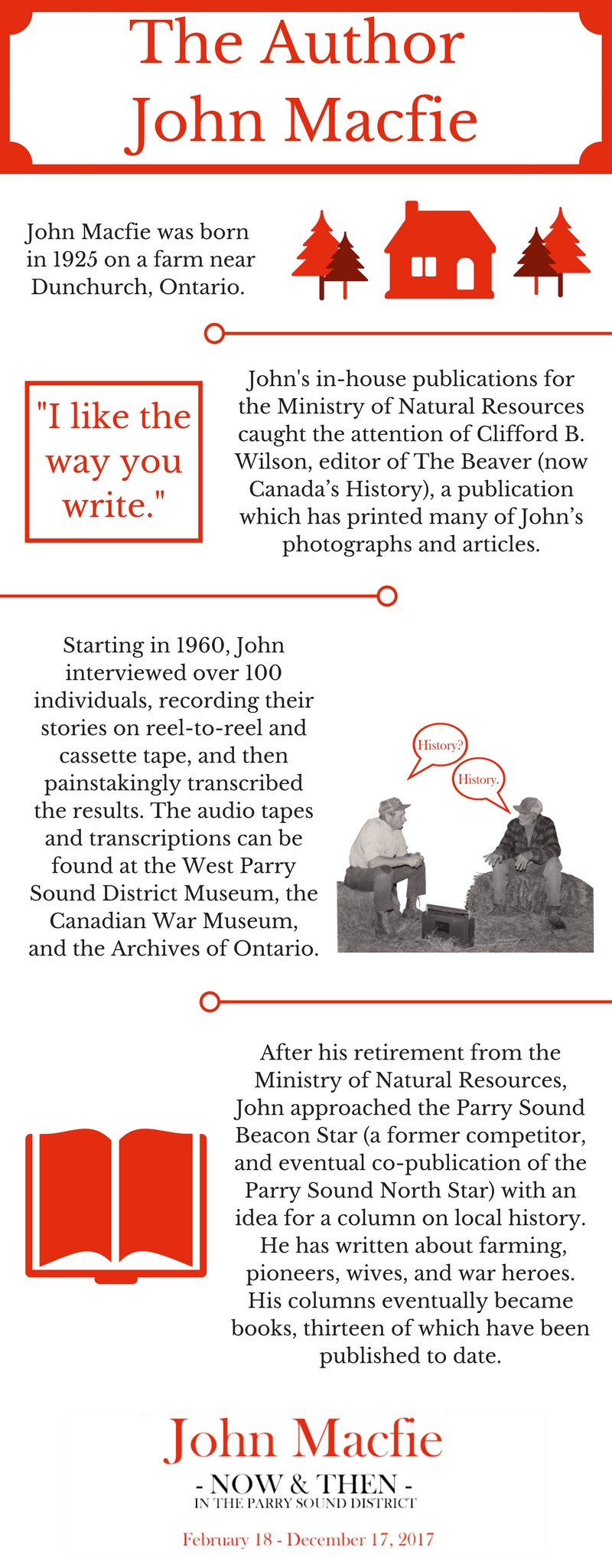WHY DO MUSEUMS MATTER?
Museums matter because they provide a space where purpose, creativity and knowledge are fostered. Larger museums such as the Royal Ontario Museum (ROM) in Toronto or the Metropolitan Museum of Art (Met) in New York display the world to their visitors. Smaller museums and galleries, like The Museum on Tower Hill in Parry Sound, keep culture and history alive in their communities. Textiles and sculptures can inspire patrons. Medals and visuals of war can create moments of contemplation and remembrance. Inventions and artifacts of discoveries can further a sense of wonder. Museums offer much to the communities they serve, especially in the way of programming both within the walls of the institutions and out in the public.
When hearing the word ‘museum’, the first sentiment felt isn’t a reaction to the somewhat cold academia model so often presented as its definition, but of childhood nostalgia. Growing up in a rural community in New Brunswick, there were not many opportunities to visit museums or galleries except for Potato World in Florenceville-Bristol. Going on holidays with the family or the occasional trip into the provincial capital were truly the only times going to a museum or gallery was a possibility. I recall visiting my uncle in New York and going to the Metropolitan Museum of Art. I was in my second year at university and that semester studied the works of Edgar Degas. There was an exhibition of his work at the Met. I spent eight hours there. Eight hours. Nothing has ever held my attention like the Met. A huge selection of Degas’s art I had studied in class was displayed before me and I felt a connection to my education never experienced before. It was one thing to see his work in a textbook, it was another to see it in person.
Museums offer a unique environment for learning. Experts on learning personalities may not be able to settle on one theory on education but there is a consensus that every learner is different. A student may struggle with reading articles that their contemporaries find beneficial. Once in a museum setting, however, this particular student might excel and gain confidence. Museums often develop programming directed towards disadvantaged students or those with special needs because it is crucial that all have the tools they need to succeed.
Topics studied in school are brought to life in museums. Within their collections, these institutions hold some of the world’s most treasured historical, cultural and scientific artifacts. Those objects are far more enchanting in person than in a book or on a computer monitor. This sentiment has already been stated but I repeat it only because it is so immeasurably true. It is difficult to ignore a lesson when the physical subject is right there. Educational programming does not replace the traditional classroom but it can supplement curriculum and provide context. Programming can also foster critical thinking in its participants. By creating an atmosphere where participants are encouraged to analyze the information and objects being presented to them, a generation of open-minded, curious and empathetic individuals can be formed. Museums have this ability.
Students aren’t the only ones who can benefit from special programming. Some museums have developed activities for the elderly, particularly those suffering from dementia. I am reminded of the wall of photographs that lined the lobby of a long-term care facility I worked at as an Activity Director. The photos were chosen and mounted by the town’s historical society and all the locations were of popular hot spots in the town from the early 1900s on. The residents of the manor grew up in the county and many would spend hours viewing the gallery and reminiscing. This leisurely activity was actually mentally and emotionally stimulating. Similar ideas can be used within museums and in outreach programs where photographs, along with objects, can be brought into care facilities. Museums matter because along with being caretakers of history and culture, they provide opportunities for bettering the well being of their patrons.
Museums have so many possibilities when it comes to programming and exhibitions. They have the power to completely change a person’s world for the better, be it academically or for their general well being. When going into this field of work, I hope the museum or gallery I work at can inspire someone. I hope it can breath life into their school lessons the way the Met did for me. The role I want to play in museums and galleries is to foster greater accessibility by exploring new ways of animating their collections and exhibitions.
MUSEUM ON TOWER HILL
Working in small museums, you become entire departments. As Communications Officer with the Museum on Tower Hill, I wrote copy for media releases and e-blasts, and the occasional piece for a newspaper column and the magazine Fun in the Sun. I would do a lot of didactic writing or proofing for exhibition and intro panels. I designed posters, graphics for social media, all in-house signage and didactic layouts.
Managing the museum’s Community Engagement project, researching for exhibition on forest fires while managing the gift shop, accepting donations, composing grant applications and promoting current exhibitions meant I had a hand in everything at the museum.
Poster for Halloween Haunt
Halloween Haunt
The Halloween Haunt was the first event I promoted at the Museum on Tower Hill as Communications Officer.
John Macfie Exhibition & Talk
John Macfie was a local celebrity in Parry Sound. Artist, author and historian with books complied from over a hundred interviews with locals, Macfie contributed a lot to the Museum on Tower Hill over the years so it was fitting to have an exhibition honouring him.
For this exhibition, I created the social media posts, posters, website banners an exhibition page and an information graph about Macfie as an author. I used photos provided for the exhibition to create everything. Wanting the poster to feel epic, I used Photoshop Elements 15 to cut out the images and layer them.
Brochures
I created brochures for the Museum's Annual Pass Program, Corporate Sponsorship and Adopt-An-Artifact.
RESTAURANT OPENING
For Chef Henrie Bistro & Cafe, I created the logo, website and all marketing materials from 2017-2020.
I promoted the first Weisswurst Party for the restaurant drawing patrons from Kitchener to MacTier for a pretzel and beer. It was important to me that all images used to promote Chef Henrie Bistro & Cafe were taken by me at the restaurant as authenticity was the key to the branding.


